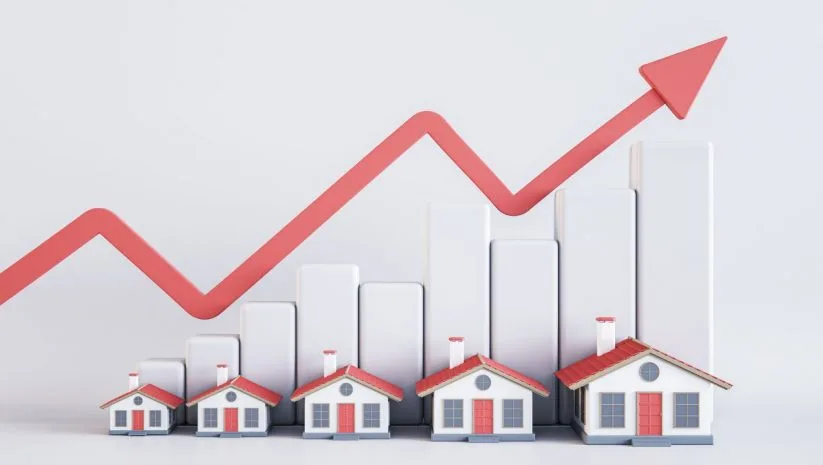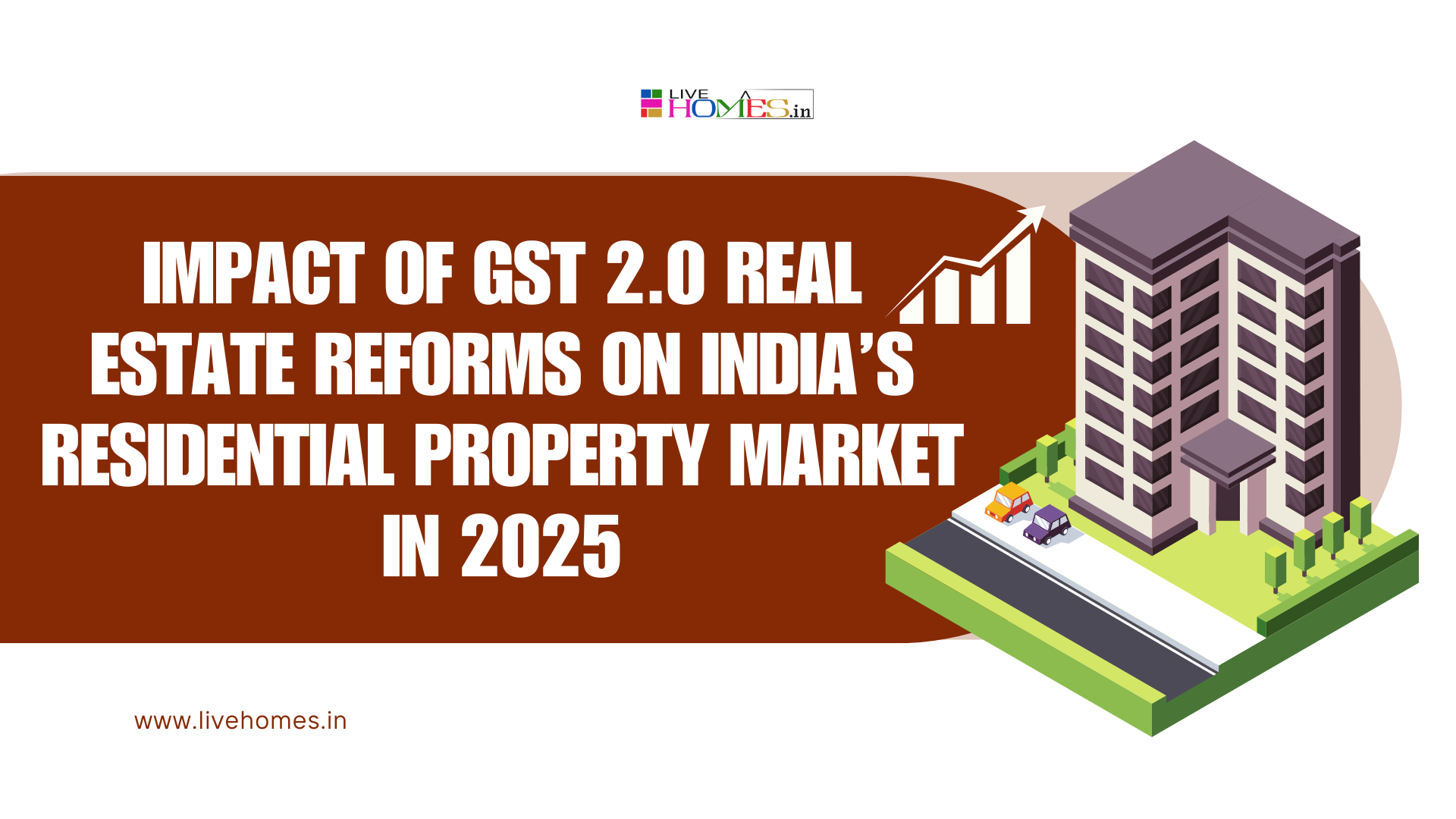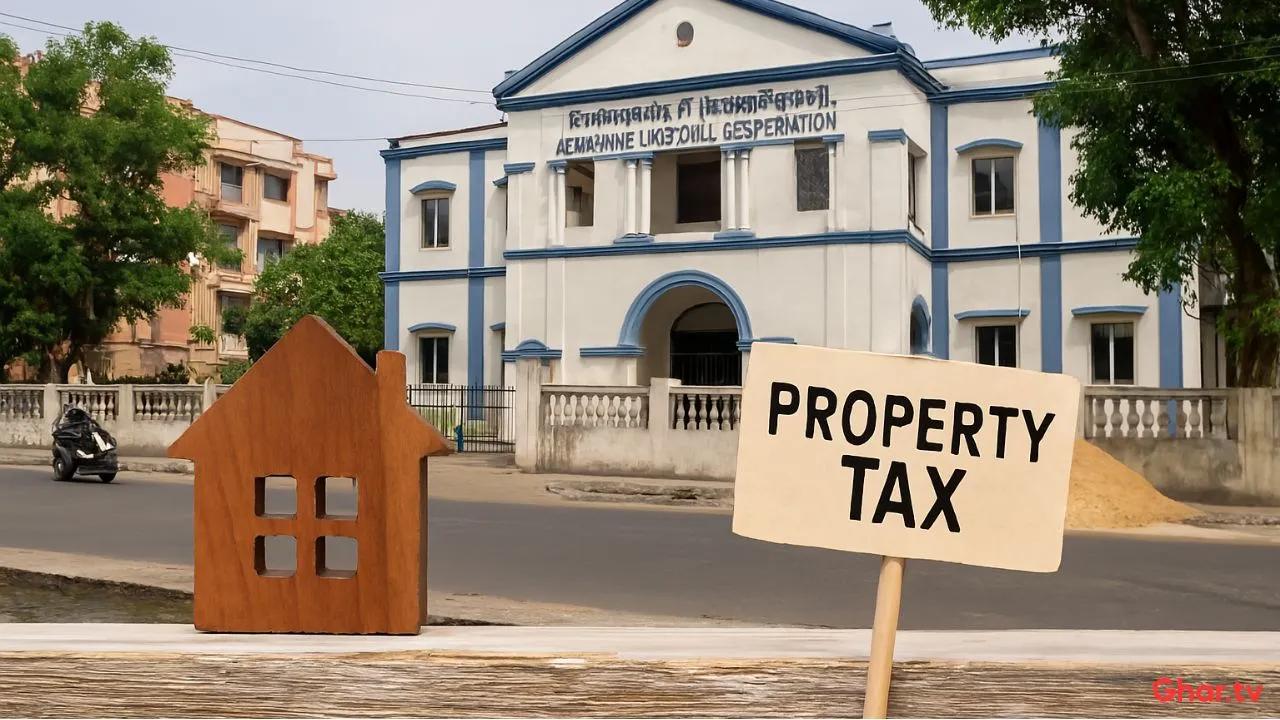Chennai’s apartment market is undergoing a major transformation. By 2025 and in the years beyond, the city’s housing landscape will look very different from what it was a decade ago. Several forces — infrastructure growth, changing buyer preferences, rising costs, sustainability concerns, and corporate expansion — are reshaping how people live, buy, and invest in apartments.
1. Infrastructure as the Game-Changer
One of the biggest drivers for apartment living in Chennai is infrastructure development. The city’s expanding Metro Rail network (Phase II and beyond) will drastically cut commute times, opening up new corridors for residential growth. Suburbs like Porur, Avadi, Poonamallee, OMR stretch, and GST Road will benefit from better connectivity.
Similarly, airport expansion and new road corridors are making peripheral areas more accessible, bringing demand for apartments where land availability is higher. This means apartments will no longer be concentrated in the city core but will spread evenly across connected zones.
2. Premium Segment Dominance
A striking trend is the rise of premium apartments. Chennai has seen record housing sales in recent years, with luxury and mid-premium projects taking the lead. Affluent buyers are demanding gated communities with advanced amenities, high-rise towers, and smart-home technology.
Developers are increasingly offering:
- Rooftop pools and sky lounges
- Fitness centers and wellness zones
- EV charging stations
- Co-working spaces and business lounges
This shows that apartments are no longer just homes, but lifestyle packages.
3. The Sustainability Push
With Chennai’s recurring floods and water shortages, sustainability features are becoming a standard expectation. Future apartments will showcase:
- Rainwater harvesting and greywater recycling
- Rooftop solar power to reduce energy bills
- Green building certifications for eco-conscious buyers
- Elevated podium levels and stormwater drains to tackle flooding
Projects that prove climate resilience will attract stronger demand and resale value in the future.
4. Work-From-Home & Lifestyle Design
The pandemic shifted lifestyles permanently. Chennai’s new apartments are being designed for hybrid working professionals. Instead of traditional layouts, buyers are seeking:
- Dedicated work-from-home corners or study rooms
- Larger balconies for outdoor breaks
- Sound-proof walls and better internet infrastructure
- Co-working areas within gated communities
This shift ensures apartments remain relevant not only as living spaces but also as productivity hubs.
5. Rental Market Evolution
Chennai’s rental housing market is set to expand as young professionals, students, and migrants move to the city for IT, manufacturing, and education opportunities. Alongside traditional rentals, co-living apartments and furnished rental units will grow.
For tenants, this means:
- More flexible, ready-to-move-in options
- Shared amenities at lower costs
- Managed rental models offering security and maintenance
For investors, this means higher rental yields in transit-linked and job-hub areas.
6. Affordability vs. Aspirations
While premium apartments grow, Chennai will still see strong demand for affordable and mid-segment housing. Developers will focus on smaller 1BHK and 2BHK units to meet first-time buyer needs.
But affordability is also influenced by policy changes:
- GST reduction on cement and materials (2025) has eased construction costs.
- Faster project deliveries and reduced delays will benefit both buyers and developers.
This ensures that apartments across segments remain accessible without compromising on quality.
7. Smart and Tech-Enabled Homes
The future of apartments in Chennai lies in technology adoption. Buyers now expect:
- Smart locks and video door phones
- App-based building management (maintenance, visitor entry, amenities booking)
- AI-enabled energy savings
- Predictive maintenance for elevators and facilities
These features, once premium, will soon become standard across mid- to high-range projects.
8. Neighbourhood Outlook
- Central Chennai (T. Nagar, Nungambakkam, Adyar): Ultra-premium apartments will dominate, targeting high-net-worth buyers.
- OMR & Siruseri: IT-driven demand will fuel both ownership and rentals.
- Porur & Mount Poonamallee: Rising as major hubs due to metro and office expansions.
- Ambattur & Avadi: Affordable housing and workforce-driven apartments.
- Kelambakkam & GST Road: Growing as family-friendly apartment zones with schools and colleges nearby.
9. Risks & Challenges
- Flooding vulnerability in low-lying areas demands careful buyer due diligence.
- Oversupply risk in certain suburbs could temporarily affect resale and rental prices.
- Rising land prices in central zones may push more buyers to the outskirts.
10. The Apartment of 2030 in Chennai
If you step into a Chennai apartment in 2030, you can expect to see:
- A high-rise tower connected to the metro within walking distance.
- A gated community with green certifications, EV charging, solar power, and stormwater resilience.
- Smart-home features controlling lighting, security, and appliances from your phone.
- Co-working and social spaces designed for modern lifestyles.
- A vibrant rental market offering flexible living for professionals and families alike.
Concussion
The future of apartment living in Chennai is vertical, premium, sustainable, and transit-driven. Apartments will be more than just housing units — they will be complete ecosystems designed to balance affordability, lifestyle aspirations, and climate resilience. By 2025 and beyond, Chennai’s apartments are set to redefine urban living for a new generation.
https://www.livehomes.in/blogs













